Advertisements
Advertisements
Question
Past passive –
“Where was it made?”
Look at what your partner is wearing. Imagine where the various items of clothing were (or might have been) made, and tell your partner. Use your imagination!
e.g. A : Was your shirt made in France ?
B : No, actually it was made in Brazil.
Solution
Students can practise as follows :
- A : Was your tie made in England ?
- B : No, actually it was made in Italy.
- A : Was your trousers made in the U.S.A. ?
- B : No, actually it has been made in France.
- A : Was your pullover made in Switzerland ?
- B : No, actually it has been made in England.
APPEARS IN
RELATED QUESTIONS
On the basis of your understanding of the poem, answer the following questions
by ticking the correct choice.
The poet writes, 'Two roads diverged in a yellow wood.' The word diverged means
_______________.
Answer the following question.
a) "…But up-and-down brushin'
And pokin' and fussin'
Didn't seem worth the time-I could bite!"
What do these lines convey?
Answer the following question briefly.
Why is Gaston not interested in buying the villa in the beginning?
Teacher/ Student to read out the first part given . After you listen, answer the following questions :
Nuclear war has broken out in Europe. A school in England has been evacuated by airplane to an unknown destination. While flying over a tropical region, the plane is shot down and it bursts into flames , but the body of the plane containing the passengers falls to earth safely. A few boys (Ralph, Jack, Roger, Simon, Piggy and others) manage to scramble out. They have landed on an unnamed island which has coral reefs, beaches, caves and fruit trees. The novel tells their story.
a. What do you think happened to the boys and the plane they were flying in?
b. What happened to the other part of the plane?
c. How did Ralph attract the attention of the other boys?
d. What were the names of the first three boys who came to the meeting?
e. Why do you think the groups of boys were marching in two parallel lines?
f. Do you think there were any adults on the island? Why/ Why not?
g. Can you predict what happened to the boys next? For example, how did they organise themselves? What about shelter and food?
Read the following excerpts from newspapers on various environmental issues.
Ban the Bag
The Indus Valley Civilisation left beautifullycrafted pottery that speaks volumes of the advances its people made. After 3,000 years, if the ruins we leave behind are excavated, chances are only plastic bags would be dug up. It may sound like an exaggeration, but these bags are not biodegradable. Apart from causing emissions when these are manufactured, noxious fumes are released while these are being burnt or disposed off. So, be kind to Mother Earth the next time you go shopping for groceries, remember to carry a cloth bag with you.
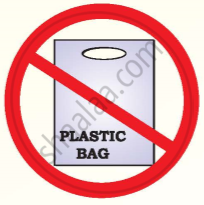
What India Should Do
India has released the National Action Plan on Climate Change. Is it adequate? Is there more that the country can do? Here are some ways how we can make a difference.
(a) SOLAR MISSION
1) To promote the use of solar energy through solar photovoltaic and thermal systems for power generation .
2) To integrate other renewable energy technologies like biomass and wind. 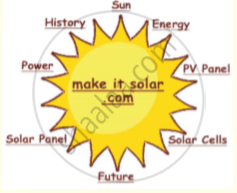
(b) ENERGY EFFICIENCY
1) To mitigate GHG through sector-specific and cross-cutting technology and fuel switch options.
2) To use more LNG and biomass fuels besides seeking tech transfer. 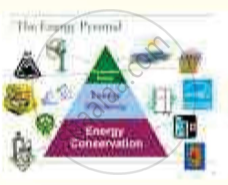
(c) SUSTAINABLE HABITAT
1) To promote energy efficiency in the residential and commercial sectors through LPG use.
2) To manage municipal solid waste and urban public transport in a better way. 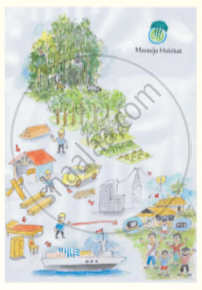
(d) WATER MISSION
1) To promote efficient water use, augment supply in critical areas and ensure effective management of water resources.
2) To have better management of surface and groundwater,and conserve wetlands. 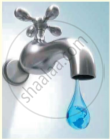
(e) SUSTAINING HIMALAYAS
1) To enhance monitoring and conservation of the Himalayan ecosystems, empower local communities for management of ecological resources and promote sustainable tourism. 
(f) GREEN INDIA
1) To reduce fragmentation of forests, enhance public and private investments for plantation, upscale joint forestry management and promote conservation of biodiversity. Need to afforest degraded lands.
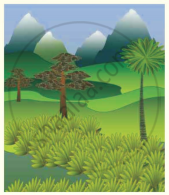
(g) SUSTAINABLE AGRICULTURE :
1) To focus on four crucial areas - dry land agriculture, risk management, access to information and promoting the use of biotechnology.
2) To develop drought and pest resistant varieties. 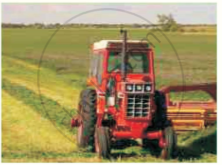
The table below provides you with a list of modals that are used to express necessity and permission.
| Necessity I obligation | Permission |
|
Positive must obeying have to authority need to ought to right thing should to do |
Positive can (less formal) may (more formal)
|
|
Negative must not cannot ought not to |
Negative need not do not have to
|
Look at the pictures of people talking to each other. With your partners, discuss what they are telling each other. Share your ideas with the class.
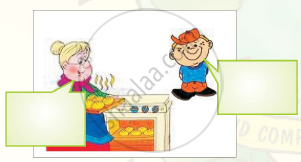
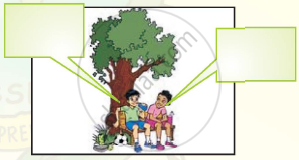
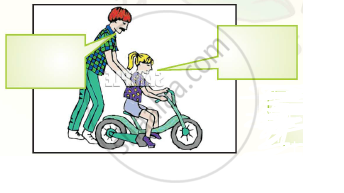

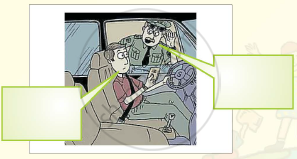

Now complete the Bio-data of Koneru Humpy :
|
KOKERU HUMPY Name : _____________ Father's Name : __________ Born on : _________________ Place of Birth : ______________ Trained by : _______________ Fint achievements :
Recent achievements :
|
Edit the following magazine article about youth in sport.
The Great National Sports Talent Search (a) consist of workshops and tournaments arranged in (b) any different parts of (c) a country. The talent scouts’ aim (d) are to look out for local talent in the age range of eight to eighteen years. Thus, it would be far (e) wise if young sportswomen and men (f) were help so that they have plenty of time to develop their talent. Sports academies normally only (g) having students whose talents (h) is already recognized. If India does not invest in sports it can not hope to perform well at the International level.
| (a) (i) consisted (ii) consists (iii) is consisted (iv) has consisted |
(b) (i) much (ii) few (iii) little (iv) many |
(c) (i) the (ii) these (iii) an (iv) some |
(d) (i) is (ii) being (iii) has been (iv) been |
| (e) (i) wisest (ii) wiser (iii) as wise as (iv) too wise |
(f) (i) were helped (ii) were being helped (iii) are helped (iv) helped |
(g) (i) are having (ii) owning (iii) have (iv) has |
(h) (i) are (ii) has been (iii) are being (iv) have been |
Rearrange the following words and phrases to form meaningful sentences. The first one has been done for you as an example.
was/ about twenty / childhood / delight / years ago.
Childhood was a delight about twenty years ago.
(a) the leisure hours/of a child/ of the TV / today / are spent / in front
________________________________________________
(b) of most / now – a – days / the attitude / parents is / different
________________________________________________
(c) work and play / different things / they see / as / two
________________________________________________
(d) playing / feel / is a / waste of / they / time / that
________________________________________________
